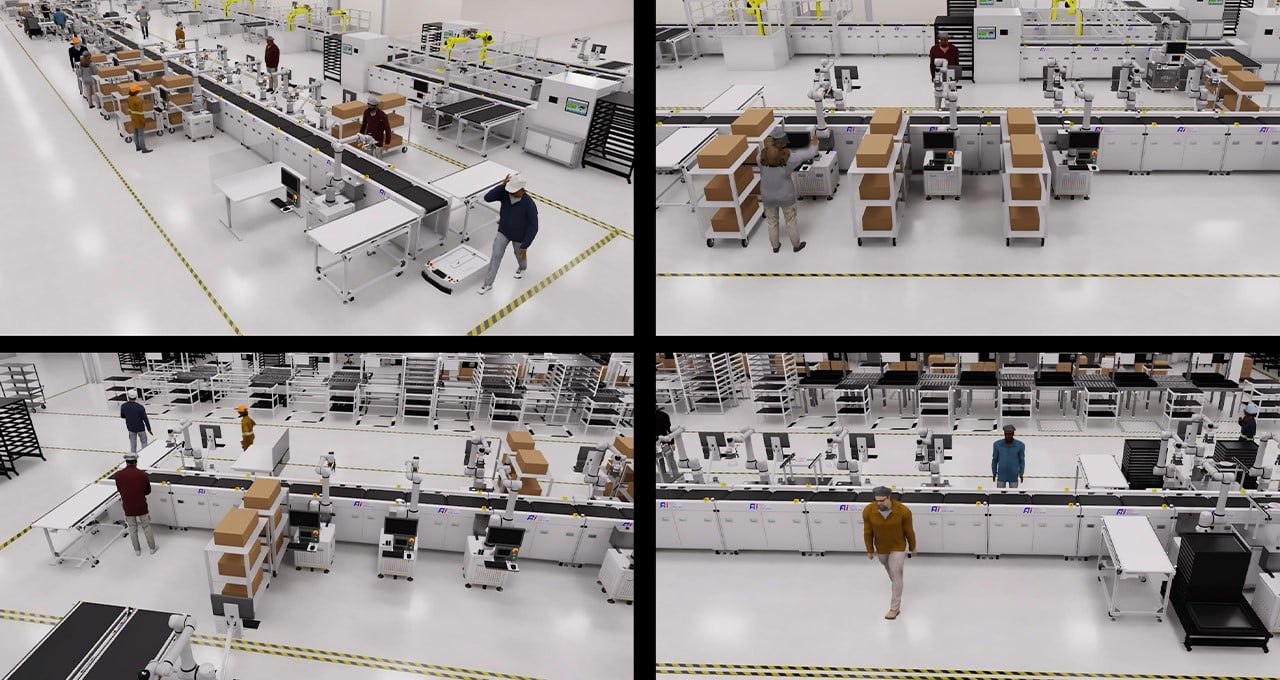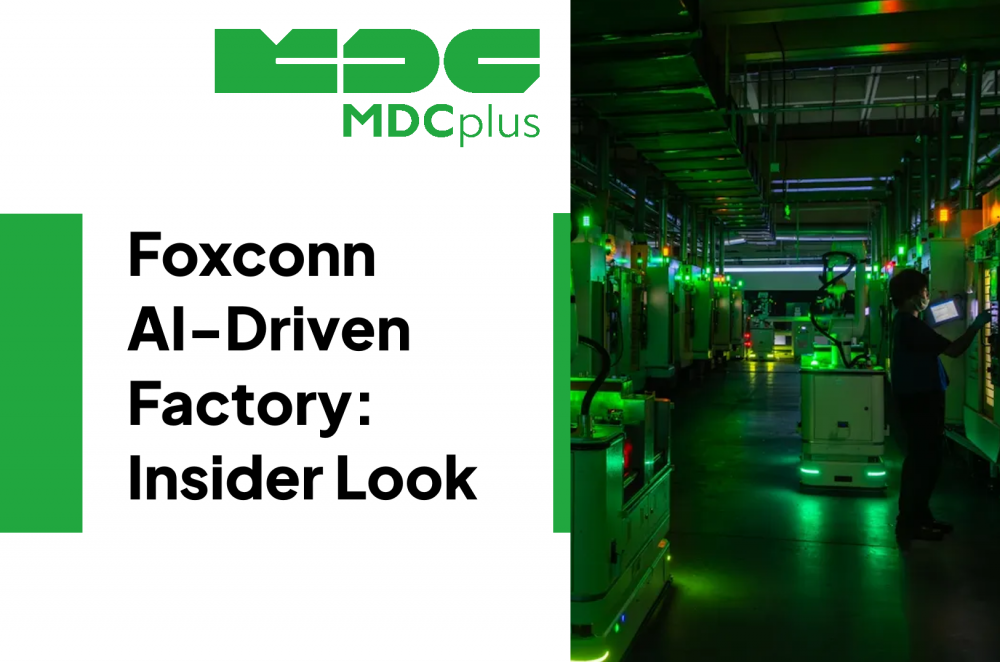Foxconn’s AI-Driven Factory - Insider Look
Foxconn’s upcoming Houston AI Server Plant, built to produce systems for NVIDIA, is more than another high-tech facility — it’s a real-world prototype of what the “autonomous factory” could look like within this decade. It’s a turning point for manufacturing: machines aren’t just replacing manual work — they’re joining the workforce as adaptive, data-connected entities.
Factories as Data Ecosystems
Modern factories no longer compete only on speed or cost. They compete on data quality — how effectively they capture, process, and use information from every piece of equipment.
In Foxconn’s Houston model, every robot and workstation is a data node. Sensors track torque, motion, temperature, and load. Production analytics run continuously, feeding models that learn and optimize workflows.
Without this layer of machine telemetry, humanoid robots wouldn’t be much more than programmable arms. The real progress lies in integrating their behavior into an ecosystem where feedback drives continuous improvement — across maintenance, logistics, and scheduling.

Synchronizing Human and Machine Time
Even with advanced robotics, industrial processes don’t run themselves. Someone still needs to decide what “efficient” looks like — how to prioritize, when to recalibrate, and where human oversight matters most.
Factories like Foxconn’s face a synchronization challenge:
- Machines operate at millisecond precision, while human operators and planners think in minutes or hours.
- Production data flows instantly, but decisions often lag behind because teams lack a shared, real-time view of operations.
This is why modern automation isn’t just about building smarter robots — it’s about creating visibility frameworks that let people and machines share the same clock.
Humanoids are the Next Layer of Automation
Humanoid robots aren’t meant to replace the workforce but to fill functional gaps — tasks too repetitive, heavy, or ergonomically unsafe for humans. Their humanoid form factors make them easier to deploy in existing factories without redesigning infrastructure.
However, that adaptability creates new demands: safety integration, machine coordination, and performance analytics must be far more granular than before. Every arm movement, pick-place cycle, and camera feedback loop has to be monitored and validated in real time.
In other words, robotics scalability depends on data scalability.
“Factory of the Future” Still Depends on Reality
Foxconn’s Houston site embodies the convergence of robotics, AI, and manufacturing — but it also highlights an old truth: automation only works as well as the data behind it.
Predictive maintenance, adaptive scheduling, or collaborative AI control all rely on understanding what the line is actually doing. That means gathering, cleaning, and structuring production data — from CNCs, conveyors, and now, humanoids — into a consistent model that engineers can trust.
Factories that fail to build this digital foundation may find themselves surrounded by intelligent machines but blind to what those machines are telling them.

What Comes Next
The Foxconn–NVIDIA partnership shows that robotics and data analytics are merging into a single discipline. As factories evolve into hybrid ecosystems — part mechanical, part digital — the winners will be those who treat data as a production material, not an afterthought. Humanoid robots may represent the future of industrial labor. But the true revolution lies in something less visible — the streams of operational data that let every robot, operator, and planner work in sync.
Because in tomorrow’s factories, productivity won’t just be measured in units per hour. It will be measured in how fast your data learns.
About MDCplus
Our key features are real-time machine monitoring for swift issue resolution, power consumption tracking to promote sustainability, computerized maintenance management to reduce downtime, and vibration diagnostics for predictive maintenance. MDCplus's solutions are tailored for diverse industries, including aerospace, automotive, precision machining, and heavy industry. By delivering actionable insights and fostering seamless integration, we empower manufacturers to boost Overall Equipment Effectiveness (OEE), reduce operational costs, and achieve sustainable growth along with future planning.
Ready to increase your OEE, get clearer vision of your shop floor, and predict sustainably?
